Team Member
Customer Service vs Hospitality: Redefining Engagement in Multifamily Property Management
Embrace a New Approach to Resident Relations, Elevating from Service to Hospitality

Photo by Clay Banks on Unsplash
In the multifamily realm, residents yearn for more than just service; they seek an authentic and meaningful engagement echoing the warm embrace of hospitality. Many management leaders commonly misconstrue customer service and hospitality as interchangeable. However, distinguishing between these concepts is vital to enhancing residents’ experiences and nurturing long-term loyalty.
Despite the excellent service levels provided by many multifamily properties, residents may still report dissatisfaction or an impersonal touch. The issue lies not with the service itself but with the limited scope of traditional customer service. Customer service addresses problems in its core form reactively, while hospitality centers on proactively creating memorable, personalized experiences for each resident. It is this difference that distinguishes thriving properties from those merely surviving.
Redefining resident interactions from a hospitality perspective entails understanding each resident as an individual with unique preferences and requirements. It’s about anticipating needs before they become explicit demands. For instance, remembering a resident’s likes and dislikes can foster a deep sense of belonging and comfort.
Implementing a hospitality mindset extends beyond individual interactions. It impacts the entire community culture, breeding an atmosphere of genuine care and empathy. This culture becomes a driving force, with team members embodying hospitality in their approach to resident care, enhancing morale, and building a highly desirable living community.
When done right, hospitality is a potent tool for nurturing resident loyalty. By making residents feel valued and appreciated, you cultivate an emotional connection, which serves as a powerful retention tool. Residents who feel genuinely cared for are less likely to move, reducing turnover rates and stabilizing property income.
Lastly, in the era of online reviews and social media, excellent hospitality can significantly boost a property’s reputation. Satisfied residents are likelier to leave positive reviews and recommend the property to friends and family, driving new prospects to your door.
Share this:
Gamifying Onboarding

Photo by Erik Mclean on Unsplash
In today’s multifamily business world, team member onboarding has become crucial to ensure that new employees have the necessary skills and knowledge to perform their jobs effectively. And it pays to be innovative in your approach.
One innovative way of ensuring that new hires are engaged and motivated during the onboarding process is through gamification. Let’s explore what it means and the importance of gamifying the team member onboarding experience and provide some ideas on how to do it.
First and foremost, gamification is a powerful tool for increasing engagement and motivation. Team members who are engaged and motivated are more likely to be productive and committed to their work. By gamifying the onboarding experience, new hires are more likely to be engaged and invested in the process. This can result in a faster and more effective process, benefiting both the employee and the company.
In addition, gamification can make the onboarding experience more enjoyable and memorable. New hires may feel overwhelmed by the information they need to learn during onboarding. Using game mechanics such as points, badges, and leaderboards can make the onboarding process more fun and engaging. This can help new hires to retain information more effectively and feel more positive about the experience.
So, how can you gamify the employee onboarding experience? Here are a few ideas:
- Create a scavenger hunt – Use clues and challenges to guide new hires through onboarding. This can be done both in-person and virtually.
- Use quizzes and assessments – Test new hires’ knowledge and offer rewards for correct answers.
- Offer digital badges and certificates – Create badges and certificates to recognize new hires’ achievements during onboarding.
- Create a game-based learning module – Develop a learning module that incorporates game mechanics, such as leveling up, to make the process more engaging.
- Implement a social learning platform – Encourage new hires to collaborate and learn from each other in a social learning platform. Incorporate game mechanics, such as leaderboards, to increase engagement.

